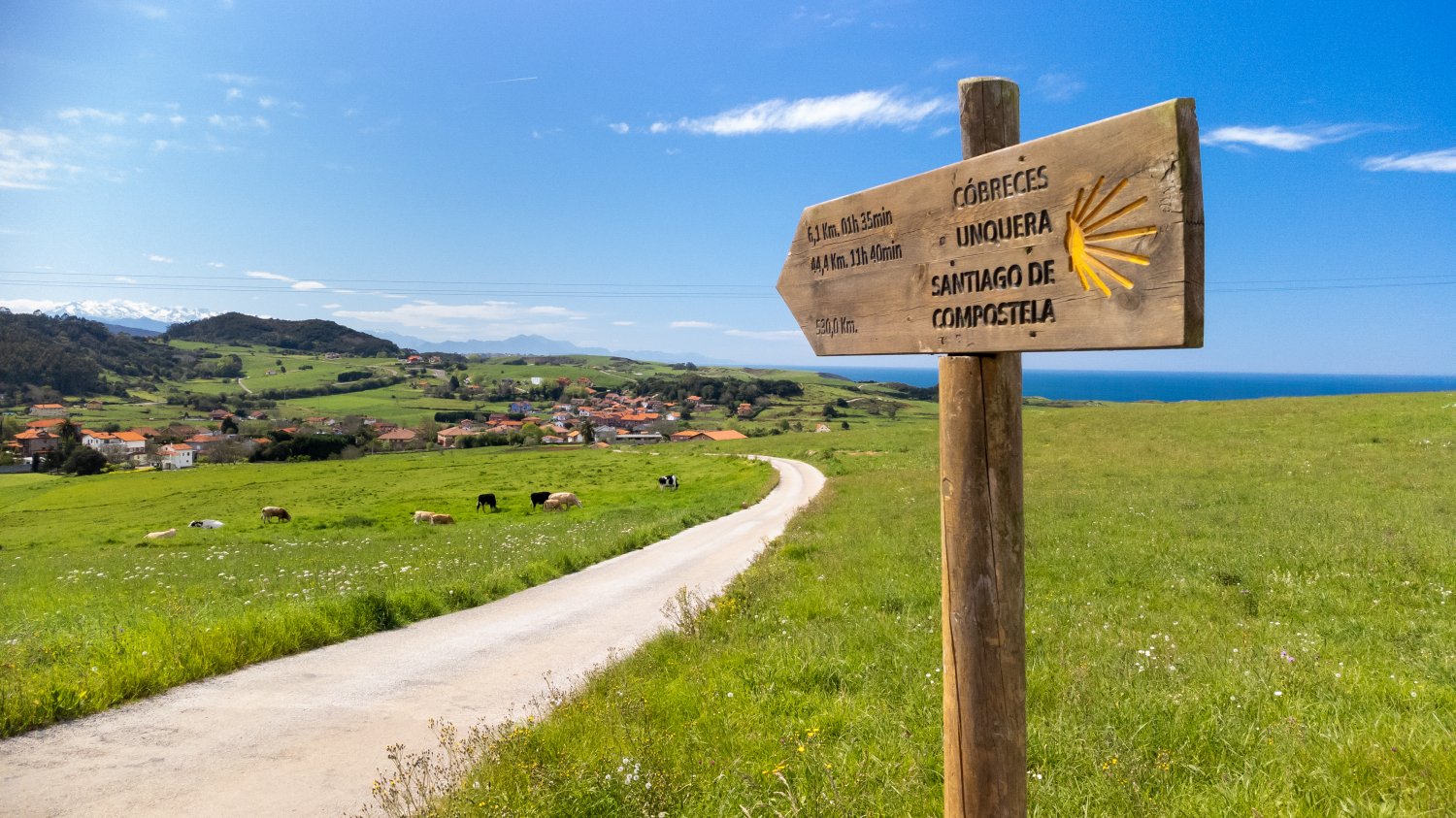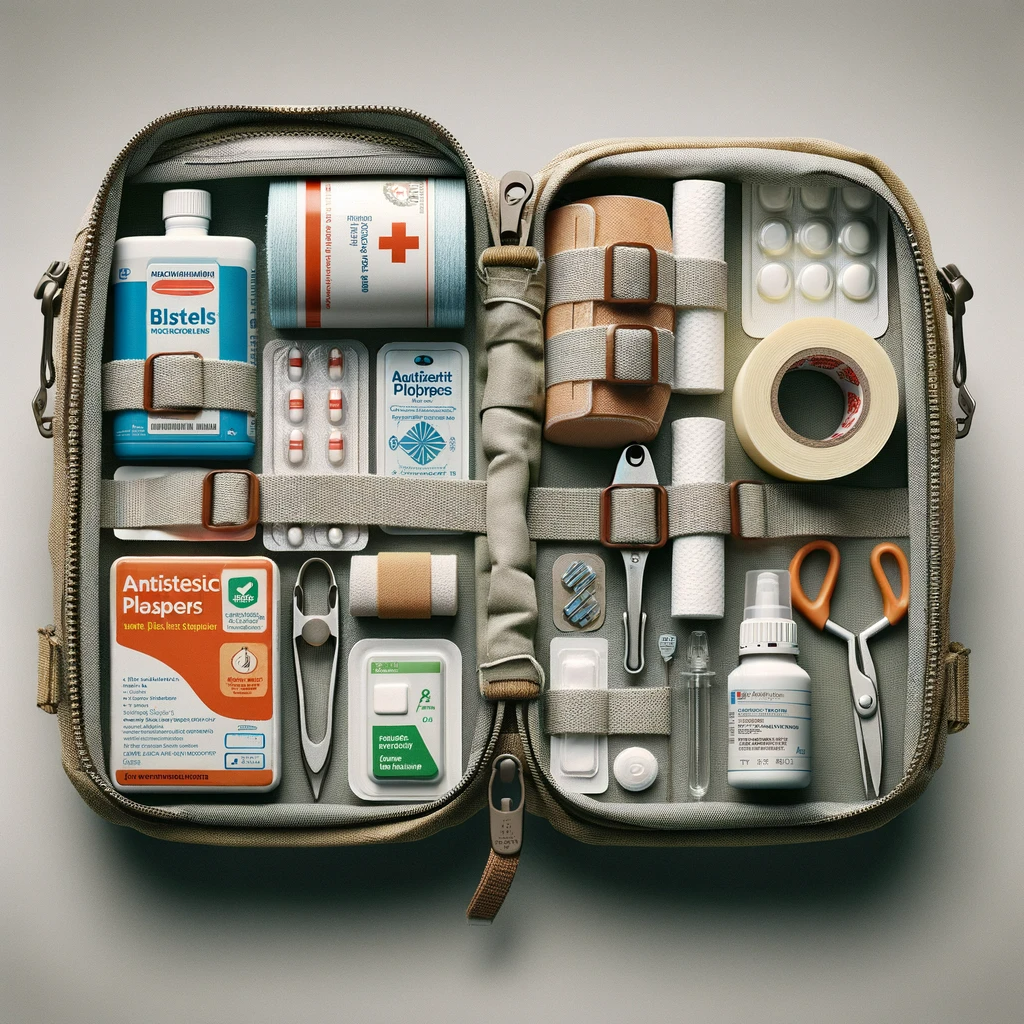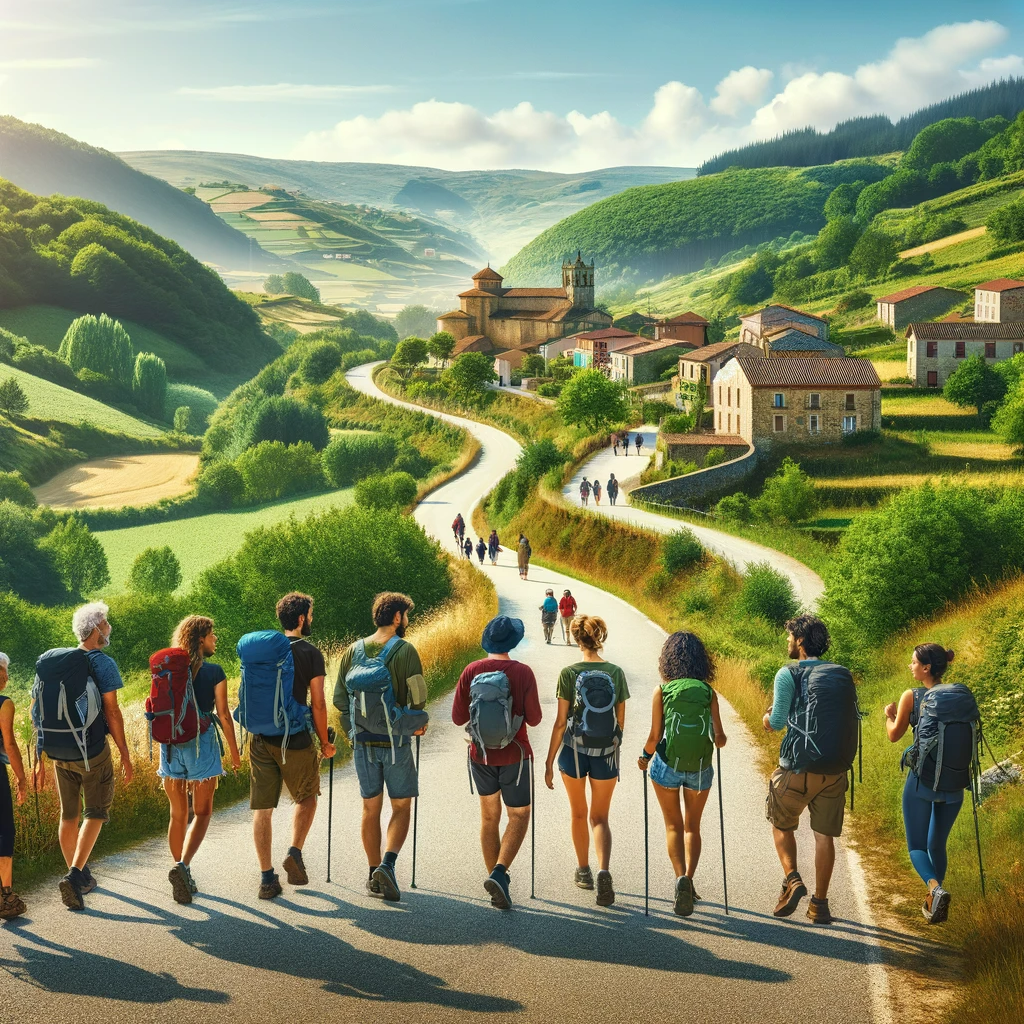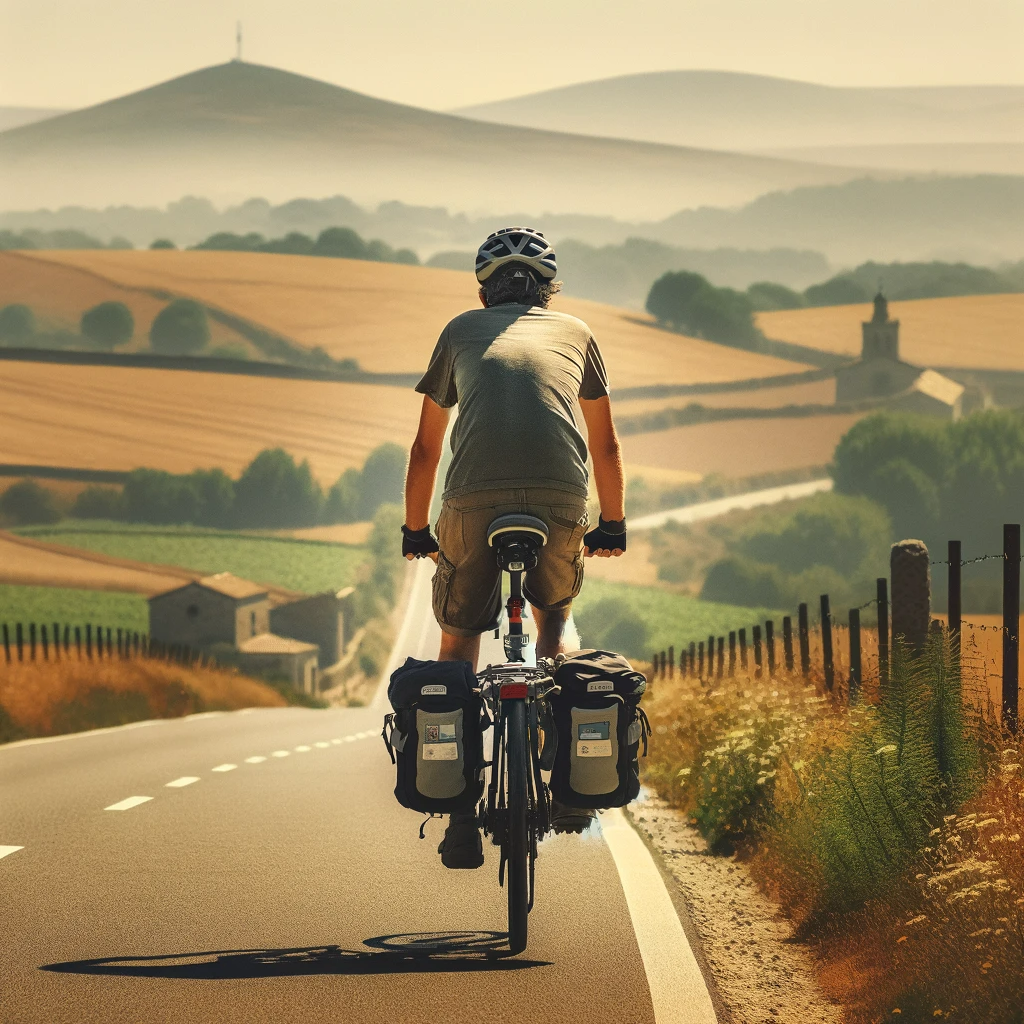
Create your own journey; Experience the best of Northern Spain at your own pace
This website uses its own and third-party cookies, for the proper functioning of the site and to generate usage statistics.
By continuing to browse we understand that you consent to our �ookie policy

2023-12-01
Congratulations!!! You have finally made the lifelong commitment! You are about to embark on the pilgrimage and journey of a lifetime! Time for the first preparations! Here are some suggestions to make your start easier!
Learn how to prepare for the Camino, based on the experiences of a Pilgrim with many Caminos covered in his luggage. Someone who has walked and cycled several Camino routes, both as a guide and on his own.
Three important things when you want to walk the Camino:
1. Exercise
2. Travel light
3. Avoid blisters
The Camino Portugues and the Camino Frances have some rocky sections, yet light hiking shoes are recommended. Mountain boots are very heavy for the feet. What you prefer, of course, is also very personal.
There is a wide range of very good hiking shoes and even trail running shoes that are very well suited for the pilgrimage route. However, if you have weak ankles, you should rather wear a pair of light hiking shoes. Some pilgrims also prefer hiking sandals.
It's important that your feet stay dry! Shoes with Gore-Tex generally protect better against rain. But they can be sweaty in great heat. Tip: Never start your hiking holiday with new shoes or sandals. Always break them in beforehand!
.png)
You can use the same rain jacket for cycling and hiking on the Camino de Santiago. As a hiker, you can also take a rain poncho, which also covers your backpack in the rain. A rain poncho provides good protection in heavy rain, and you can still wear shorts underneath, saving you the need for rain pants. If you wear long pants, the rain often goes directly into your shoes.
But something as simple as an umbrella can save the day - and in some cases - your Camino!

This is every pilgrim's nightmare on the way to Santiago de Compostela. Here are some tips to prevent blisters.
Good physical preparation can do a lot. General physical fitness and speed/running pace. Blisters are caused by friction, heat, sweating, wet feet, or a combination of these three factors. Shoes and socks play an important role here. If you still get a blister - make sure you always have a small first-aid kit with you.
If your body is not fit enough to walk 25 km a day, it's likely that you will move differently (incorrectly) after 10 km if you continue walking.
This means that your feet will also move a bit differently, leading to friction and thus blisters. So foot care is not just about applying the right cream, but also about preparing yourself in general.
Good preparation is not only important to avoid blisters but also to enjoy the Camino and have the necessary strength to cope with the way.

An important point regarding your own physical fitness is your speed and rhythm when walking. While walking the Camino, you will meet other pilgrims. Don't be tempted and pay attention to your own pace and rhythm. If you adjust to the pace of others (be it slower or faster), it can ruin your day.
Walking slower usually means that your hips, knees, and ankles are stressed longer, leading to tired and/or painful joints at the end of the day (or to you being able to walk less than your daily goal!).
Walking faster than usual means additional strain for your muscles, tendons, and, if you run very fast, possibly also for your respiratory system. The only right advice is to simply continue walking at your own pace!
If you walk slower than others, it does not mean that you will arrive last, you will eventually all reach the next destination.
When preparing for a pilgrimage, you should focus primarily on walking.
However, there are some additional exercises that you can do depending on your physical abilities. If you are an experienced hiker, you don't need to prepare differently than you usually do. Most pilgrims who walk the Camino find it necessary to train beforehand.
In short, the purpose of training before a pilgrimage or any other sport is to prepare your body and mind for the physical challenges and situations you want to expose your body to.
Whether you are walking the Camino for the first time or preparing as an athlete for the Olympics, you need to train and most importantly listen to your body's signals when you push yourself.
Too much training can lead to unwanted injuries and force you to take long involuntary breaks from your preparations. On the other hand, too little effort will also not prepare you properly.
And you could find yourself in a very uncomfortable situation when you realize that the Camino is not just a nice photo collection for the internet, but a real adventure in nature!
Move as much as possible and combine flat and mountainous terrain. If you usually hike every weekend, this is sufficient for your training five to six months before your hiking holiday to Santiago de Compostela

Whether you walk or cycle the Camino, preparation is the key to a good trip. Adapt your training to your abilities and listen to your body's signals.
Ready for your Camino adventure?
Then contact us and we will help you organize your trip
¡Buen Camino!
Back